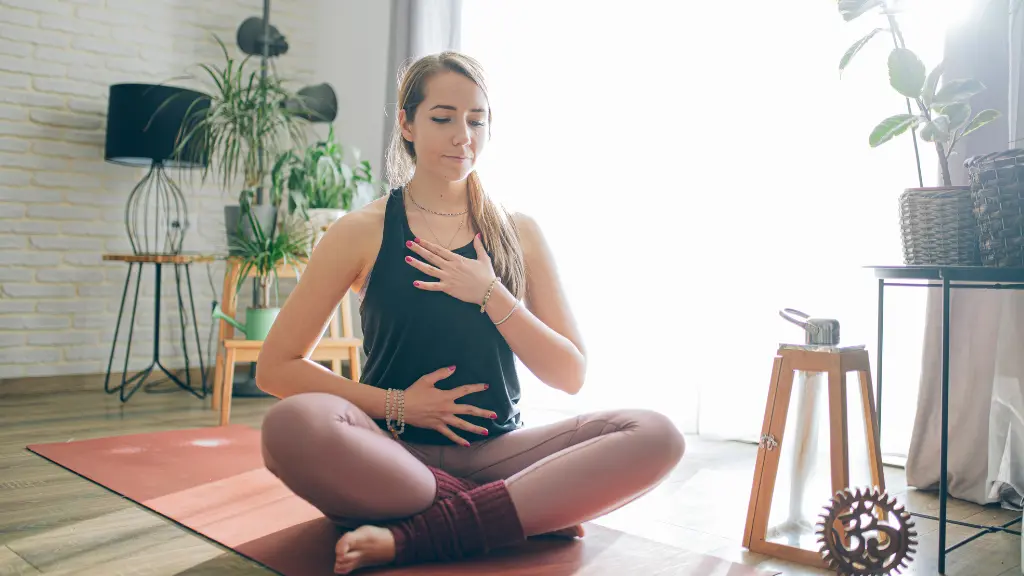Life can feel overwhelming. From work pressures to personal responsibilities, stress and anxiety often creep into daily life. But one of the simplest solutions is right under your nose—literally. Deep breathing is a powerful, accessible tool to calm the mind and body.
In this article, we’ll explore how deep breathing works, its benefits, and practical techniques to incorporate into your routine.
You May Also Like: Sorry, Kale. Beans Are the New Nutrition Obsession
1. The Science Behind Deep Breathing
Breathing is an automatic function, but intentional deep breathing can influence your nervous system. When you’re stressed, the sympathetic nervous system triggers the “fight or flight” response. This raises heart rate, blood pressure, and stress hormones.
Deep breathing activates the parasympathetic nervous system, the body’s relaxation response. It slows your heart rate, lowers blood pressure, and reduces cortisol levels.
2. Health Benefits of Deep Breathing
Deep breathing doesn’t just help in the moment—it has long-term benefits too.
Reduces Stress
Deep breaths signal the brain to relax. As you exhale slowly, your mind interprets this as a cue to let go of tension.
Eases Anxiety
Anxiety often causes shallow, rapid breathing. Practicing deep breaths counters this and brings balance to your body.
Improves Focus
Slowing down your breath increases oxygen flow to the brain, enhancing concentration.
Boosts Heart Health
Deep breathing lowers blood pressure and reduces strain on the heart over time.
Enhances Sleep
Relaxing your body through controlled breathing promotes better sleep patterns.
3. How to Practice Deep Breathing
You don’t need special equipment or a dedicated space to practice deep breathing. Here’s how to get started:
Basic Deep Breathing Exercise
- Sit or lie down in a comfortable position.
- Place one hand on your chest and the other on your stomach.
- Inhale deeply through your nose, letting your belly rise.
- Exhale slowly through your mouth.
- Repeat for 5–10 minutes.
4. Popular Breathing Techniques
Deep breathing can take many forms. Explore these techniques to find one that works best for you.
Box Breathing
- Inhale for 4 counts.
- Hold your breath for 4 counts.
- Exhale for 4 counts.
- Hold your breath again for 4 counts.
This method is popular among athletes and military personnel for its calming effects.
4-7-8 Breathing
- Inhale for 4 counts.
- Hold your breath for 7 counts.
- Exhale slowly for 8 counts.
This technique is great for reducing anxiety and improving sleep.
Alternate Nostril Breathing
- Close one nostril and inhale deeply through the other.
- Switch nostrils and exhale.
This practice comes from yoga and helps balance the body’s energy.
5. When to Use Deep Breathing
Deep breathing can fit into almost any part of your day.
Start Your Morning
Take a few minutes to breathe deeply when you wake up. It sets a calm tone for the day.
Before Stressful Events
Use deep breathing before presentations, interviews, or difficult conversations to calm your nerves.
During Work Breaks
Step away from your desk and practice mindful breathing to reset your mind.
At Bedtime
Deep breaths can help you relax and fall asleep faster.
6. Why Deep Breathing Works
The connection between breath and mental state is profound. Here’s why it’s effective:
Focus on the Present
Deep breathing shifts your attention away from worries to the present moment.
Regulates Heart Rate
Breathing deeply slows the heart, promoting a sense of calm.
Improves Oxygen Flow
Enhanced oxygen delivery helps the brain and body function better.
7. Tips for Effective Deep Breathing
To maximize benefits, keep these tips in mind:
- Be Consistent: Practice daily, even if it’s just a few minutes.
- Create a Routine: Pair breathing exercises with existing habits, like morning coffee or bedtime rituals.
- Use Guided Tools: Apps like Calm or Headspace offer guided breathing sessions.
8. Real-Life Examples of Success
Case 1: Overcoming Workplace Stress
John, a marketing executive, used 4-7-8 breathing to manage high-pressure meetings. Within weeks, he noticed lower stress levels and better focus.
Case 2: Managing Anxiety
Sarah, a college student, practiced box breathing during exams. It became her go-to tool for staying calm and performing well.
9. Deep Breathing in Wellness Trends
Deep breathing is becoming a cornerstone of modern wellness practices. It’s integrated into:
- Yoga Classes
- Meditation Retreats
- Mindfulness Programs
Even major companies are introducing breathing exercises into workplace wellness initiatives.
10. A Natural Alternative to Medications
For some, deep breathing can reduce reliance on anxiety or sleep medications. While it’s not a substitute for medical advice, it’s a complementary practice that empowers self-care.
Conclusion: Breathe Your Way to Better Health
The simple act of deep breathing is a powerful tool to reduce stress and anxiety. It’s free, easy, and available to everyone. Whether you’re looking to manage daily pressures or improve overall well-being, incorporating deep breathing into your life can make a significant difference.
Take a deep breath now—and start experiencing the benefits.











